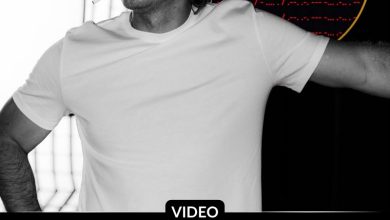Daniel Craig Reveals How He Secretly Planned James Bond’s Explosive Exit
OPINION: This article may contain commentary which reflects the author's opinion.
A Farewell Years in the Making
Daniel Craig’s swan song as James Bond in No Time To Die stunned audiences: for the first time in the franchise’s 60-year history, 007 didn’t make it out alive. But according to Craig, that twist wasn’t a spur-of-the-moment decision—it was part of a pact made nearly 15 years earlier.
Speaking to The Sunday Times, Craig recalled driving away from the Berlin premiere of Casino Royale in 2006 when he turned to producer Barbara Broccoli and asked how many films they envisioned. When she replied, “Four,” he shot back: “OK. Then can I kill him off?” Broccoli agreed. “By then we knew we had a hit on our hands,” Craig said. “I realized the enormity of it.”
The Battle Behind the Scenes
Bringing Bond’s demise to the screen wasn’t easy. MGM initially balked at the idea. “Bless them, the studio were like, ‘What are you talking about? Are you out of your minds?’” Craig revealed. The team developed the ending in secret, determined to give the character a conclusion worthy of his legacy.
Phoebe Waller-Bridge, brought on to finesse the screenplay, crafted a final act that emphasized Bond’s humanity. Infected with nanobots that would kill the woman he loved and their daughter, Bond stays on a missile-targeted island. “Real tragedy is when you have absolutely no choice,” Craig explained. “That’s what Bond deserved.”
Bond’s Most Human Moment
The actor insisted that the spy’s sacrifice wasn’t bleak but profoundly hopeful. “It was the happiest Bond had ever been because he’d found exactly what he was looking for,” Craig said. “Like everyone on Earth, he was just looking for love.” For Craig, killing Bond wasn’t about shock value but creative renewal: “If we kill Bond, we can begin again.”
That creative disruption had defined his tenure. When he was first cast, detractors mocked him as too blond, too blue-eyed, not Fleming’s tall, dark stranger. “I came in guns blazing and everyone got angry,” he recalled. “But Bond isn’t fragile. It’s robust. Sean Connery personified that character in a way that will never go away, so I thought, ‘What do I do to it?’”
Shaping the Future of 007
Craig’s decision forces a clean slate for the next chapter of the franchise. While MGM hasn’t yet revealed how Bond will return, the bold ending gives the series room to reinvent itself for a new generation.
As Craig now pivots to roles like Benoit Blanc in Glass Onion: A Knives Out Mystery, he seems content with the shockwaves he left behind. “We can’t just go, ‘Here’s the same old stuff we always did,’” he said. “Bond can take it.”
For fans, that explosive finale wasn’t just an ending—it was a promise that James Bond will evolve, even if his most human version had to die for it.



